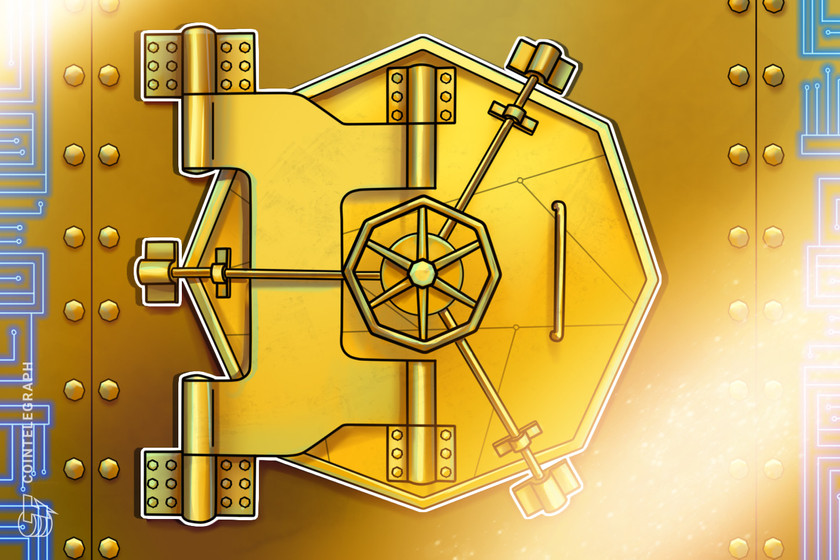Trezor launches education initiative in Africa, funds Bitcoineta trip


Trezor has officially launched its educational program in Africa in addition to funding Bitcoineta, a West African Bitcoin awareness campaign, and the Africa Bitcoin Conference.
Hardware cryptocurrency wallet firm Trezor is continuing its efforts to promote Bitcoin (BTC) education globally by launching a new educational initiative in Africa.
The Trezor Academy was launched at the Trezor-backed Africa Bitcoin Conference in Ghana’s capital of Accra on Dec.
The academy is an educational program focused on spreading Bitcoin knowledge in Africa.
According to Trezor’s blog, the Trezor Academy pilot has been active in Ghana, Nigeria, Cameroon, Uganda, Burundi and Kenya.
“Bitcoin adoption is perhaps more relevant in Africa than on any other continent,” Trezor CEO Matej Zak said, adding that its properties provide several benefits related to local initiatives such as payment schemes, microfinancing and savings.
As part of Trezor’s education program in Africa, the firm also funds Bitcoineta, a Bitcoin-themed car dedicated to spreading Bitcoin awareness in the West African region, particularly Ghana, Togo, Benin and Nigeria. Bitcoineta was launched in 2018 by nonprofits Bitcoin Argentina and Bitcoin Americana, with the campaign’s name referring to the combination of “Bitcoin” and “camioneta,” the Spanish word for minivan.
Related: South African regulator may license 36 crypto companies in December
According to Trezor, the Bitcoineta campaign is being launched with Bitcoin Cowries, a Ghanian Bitcoin education initiative.

















